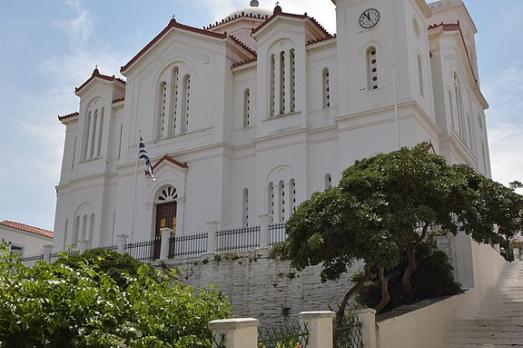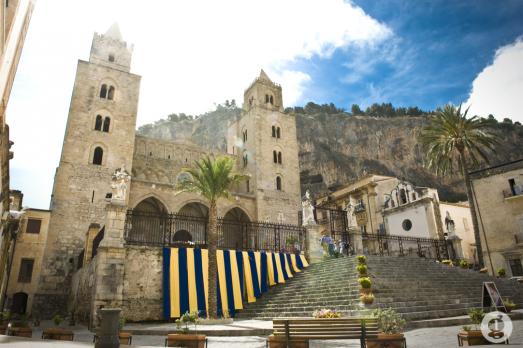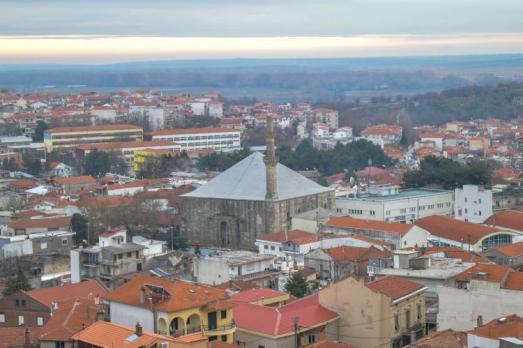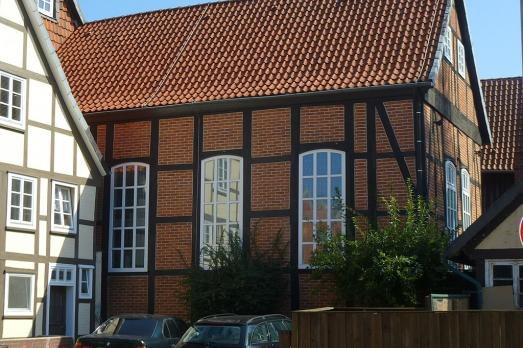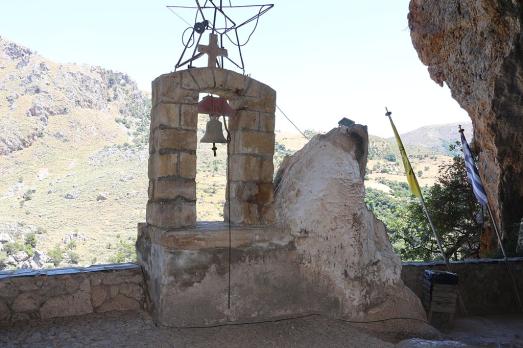
Cave of Agia Sofia
, GR
The Cave of Agia Sofia or Cave of God’s Wisdom (Spileo tis Theou Sophias) is located in the Topilia Gorge, between the villages of Topolia and Koutsomatado. It has been an important place of worship for centuries. Next to the entrance to the cave is the church of Hagia Sohpia.
